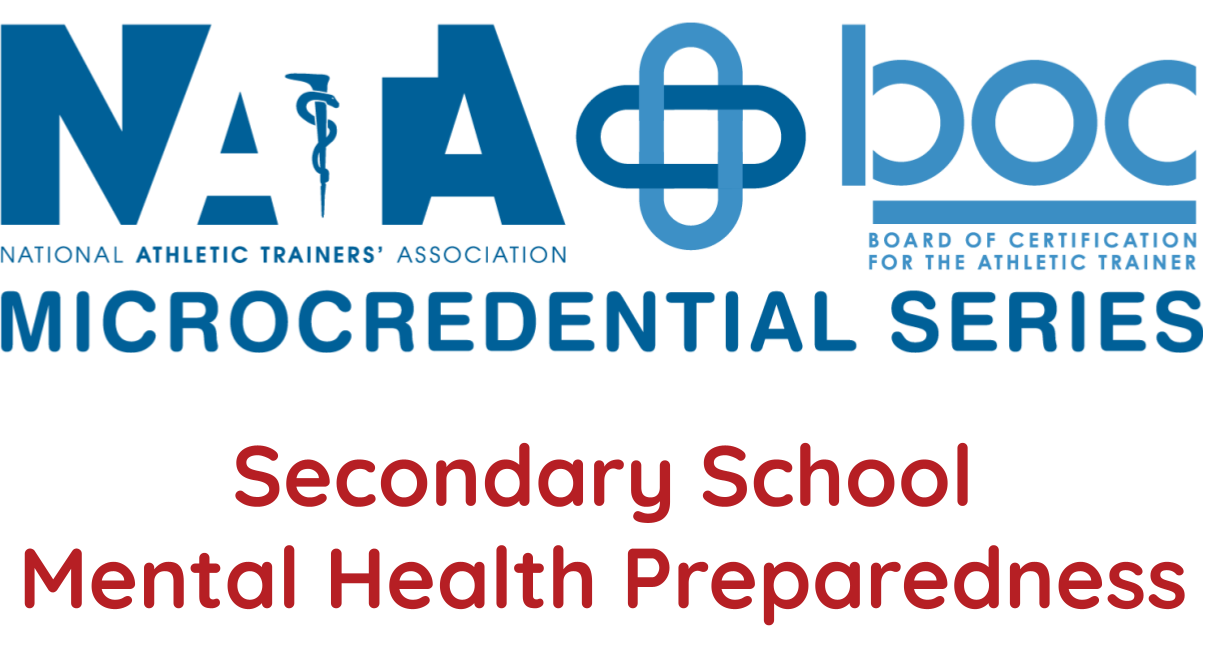
Identifying and Managing Extrinsic Injury Risk Factors of Shoulder and Elbow Injury in Baseball Pitchers
-
Register
- Non-member - $25
- Member - Free!
- Student - Free!
- Staff - Free!
- Certified Student - Free!
- Retired - $15
Abstract:
With baseball pitching, a large number of injuries and lost time is attributed to upper extremity injuries such as impingement, rotator cuff injury, shoulder instability, labral tears, and elbow ulnar collateral ligament (UCL) injury. During pitching, repetitive throwing and large amounts of torque on the shoulder cause microtrauma. There has been tremendous focus on evaluating and addressing intrinsic risk factors of shoulder and elbow injury such as range of motion, muscle imbalances, and scapular kinematics; however, extrinsic risk factors are often not addressed by ATs. Extrinsic risk factors such as cumulative throwing load, rest and recovery, pitching mechanics, modality use, nutrition, and sleep, may play a larger role on development of injury risk than the intrinsic risk factors that ATs have been focusing on. Therefore, the purpose of this course is to evaluate the influence of extrinsic risk factors on shoulder and elbow injury risk and evaluate current evidence on effectively managing these risks.
Objectives:
- Participants will be able to identify extrinsic risk factors that increase the risk of shoulder and elbow injury in baseball pitchers.,
- Participants will be able to evaluate current practices on extrinsic risk factor monitoring.,
- Participants will be able to develop extrinsic risk factor monitoring and intervention appropriate for the ATs setting.
Level:
Advanced
Domains:
Domain 1: Risk Reduction Wellness and Health Literacy
Domain 4: Therapeutic Intervention
CEUs:
1.0 Category A
Keywords: shoulder, pitching, throwing, elbow, baseball, range of motion, scapular kinematics, ulnar collateral ligament, UCL, labral tears, rotator cuff, impingement
On-Demand (Enhanced Access) Course Expiration:
Courses registered for after February 5, 2025, must be completed by December 31, 2025, at 11:59 p.m. CST.
For full details, refer to the expiration policy on our FAQ page.
Please note: This course will be retired from our catalog after December 31, 2025, and its content will no longer be accessible. Be sure to download any necessary handouts before this date. Your statement of credit will remain available on the Transcript page, accessible via the left sidebar menu.
Lizzie Elder, PhD, LAT, ATC
Lizzie Elder (Hibberd), PhD, LAT, ATC is an Associate Professor and Athletic Training Program Director in the Department of Health Science at The University of Alabama. Dr. Elder received B.A. and M.A. degrees in Athletic Training from the University of North Carolina at Chapel Hill (2008 and 2010). Dr. Elder received a Ph.D. in Human Movement Science from the University of North Carolina at Chapel Hill in 2014. Her research focuses on assessment of shoulder dysfunction using neuromuscular and biomechanical measurement models and injury prevention in overhead athletes. Her long-term research goal is to identify effective methods to prevent shoulder pain and injury in overhead athletes through implementation of intervention programs and identifying practice guidelines that maximize performance while reducing the risk of injury. In order to accomplish this goal, Dr. Elder conducts research in overhead athletes of all ages, while emphasizing the dissemination of this research through peer-reviewed publications and presentations, community engagement and interactions with clinicians.
After serving as an Assistant Professor in the Athletic Training Program since 2014, she became the Athletic Training Program Director in 2019. Dr. Elder received tenure and was promoted to Associate Professor in 2020.

